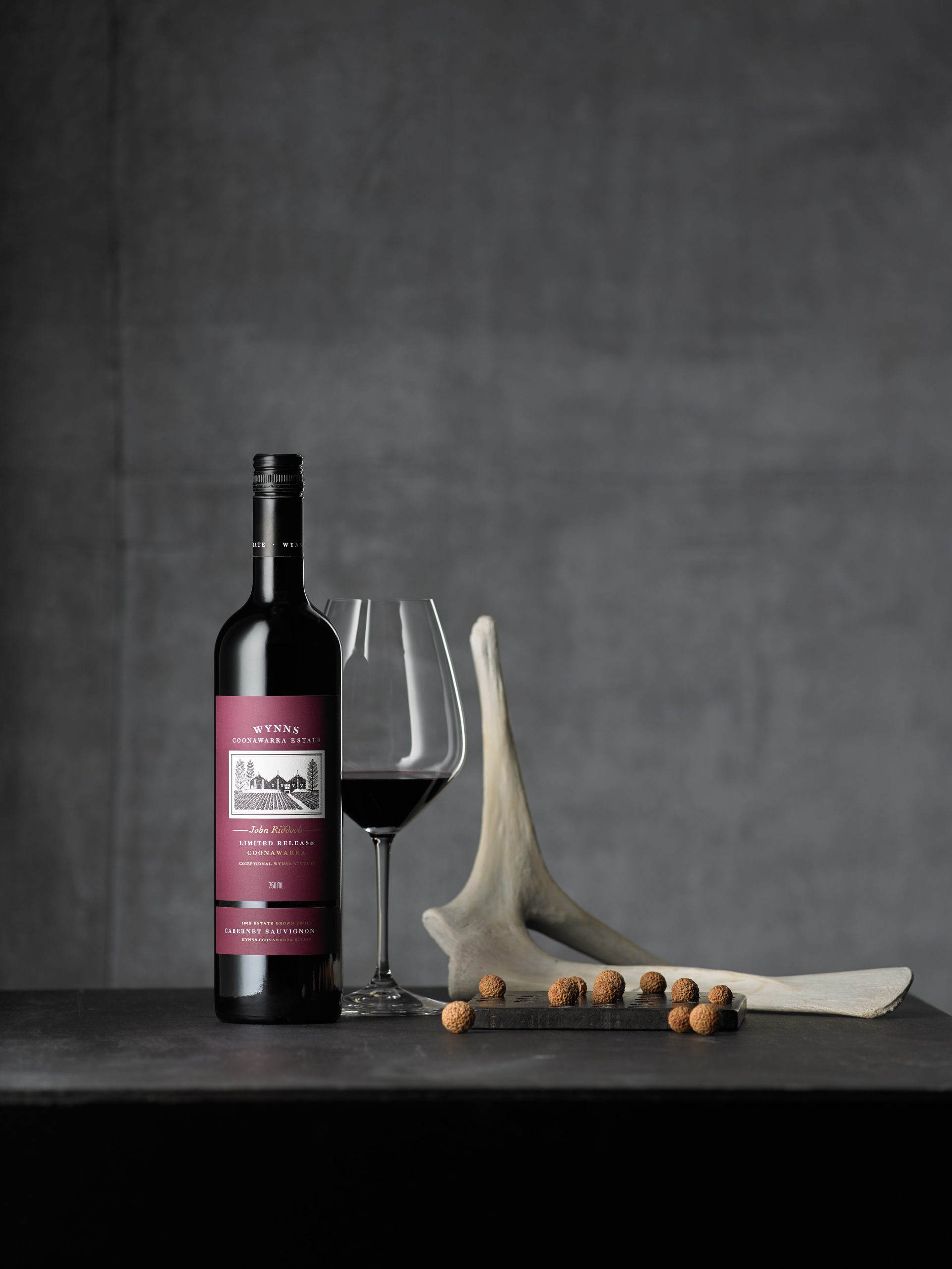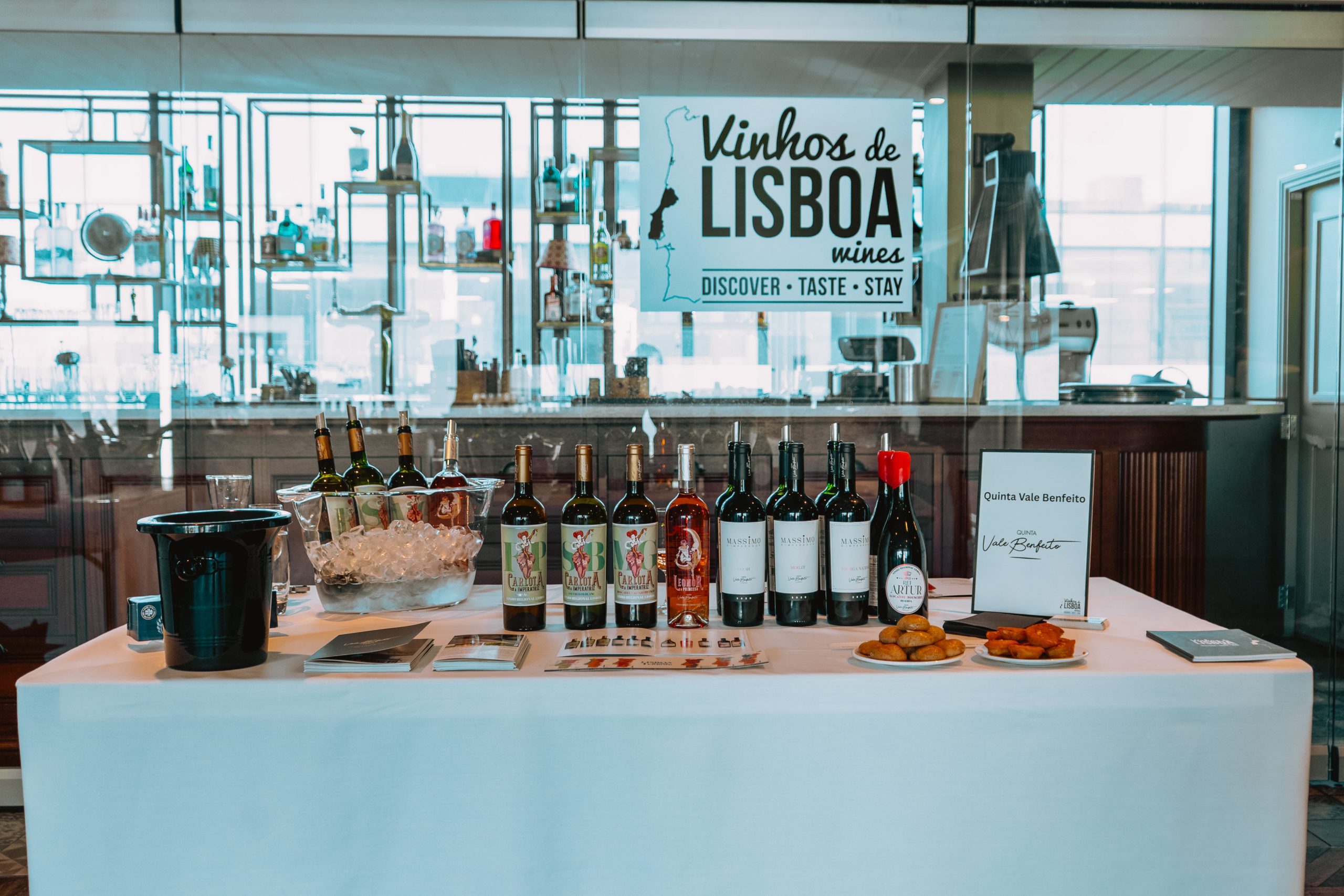People ‘look down their noses’ at Pinot Gris
Export markets are missing out on New Zealand Pinot Gris with the variety still suffering from a level of unjustified snobbery, says Emma Jenkins MW, despite it being one of the country’s fastest-growing grapes.
Currently, Pinot Gris accounts for 6% of total production in New Zealand, but only 2% of its exports, with much of it remaining on the domestic market. The majority of plantings can be found in Marlborough (1,013ha), followed by Hawke’s Bay (432), Gisborne (343) and Central Otago (211).
“It’s been extraordinary the jump,” said Jenkins, speaking during a masterclass on Pinot Gris as part of an Aromatics Symposium hosted by NZ Winegrowers in Nelson earlier this month.
“Today there are 2,400 hectares, but there were only 130 hectares in 2000. It’s seen quite significant growth. It’s similar in hectares to Chardonnay, [3,116ha] but Pinot Gris [2,455ha] is continuing to grow.”
But despite its growth in terms of plantings, and success on its domestic market, Pinot Gris is still a variety that people “look down their noses at Pinot Gris”, says Jenkins.
“It amazes me when you hear the number of people who say it’s all the same and I drink Sauvignon,” said Jenkins. “When I hear those comments I think it speaks of the ignorance of the person saying them because it suggests that they haven’t drunk good Pinot Gris or can’t make good Pinot Gris because they have no reference point. It [Pinot Gris] makes some amazing wines.”
Typically, the style of Pinot Gris made in New Zealand is more similar to that of Alsace than that of its Italian clone Pinot Grigio, which tends to be drier. Generally, the warmer north island produces a richer, riper style of Pinot Gris, while the cooler south island produces a lighter style with more structure.
“I think Pinot Gris is very well suited to New Zealand,” said Jenkins. “It responds well to a cool climate. It has a tendency to have good acid, but because we have a relatively cool growing season the ability to manage that and do interesting things in the winery gives the opportunity to create some challenging wines and do what NZ can do well – beautiful aromatics with texture and structure.
Partner Content
“We are quite capable of producing styles that are lighter and fresher. From Pinot Grigio style to rich Alsatian style and that quality is evident throughout the country. It needs to be treated with more care. It comes from Pinot Noir family and that’s a difficult wine to make. It’s the same for Pinot Gris. There’s a lot going on with sites and clones and skin contact and barely with lees and so on.”
While New Zealand winemakers are experimenting with a number of aromatic white varieties, including Albariño, Gruner Veltliner, Vedelho and Arneis, Pinot Gris is by far the most developed in terms of plantings. In fact, it is the third biggest white variety in New Zealand after Sauvignon Blanc and Chardonnay.
Looking ahead, increasing vine age, site selection and bottle age will be play a significant role in the development of Pinot Gris, says Dom Maxwell, winemaker at Greystone.
“Personally I think it’s an exciting time for NZ wines and Pinot Gris,” he said. “It really hasn’t been around for very long and what we have seen in the last few years are some exciting developments quite quickly. That understanding of canopy management, but also crop size and clonal material and small barrels.
“The influence of site is something we are starting to see now as well as these wines get older. With young vines the tendency is for the wines to be fruit driven. But with vines with a few extra years, it’s amazing what it will do. We are starting to see the influence of site and people paying more attention to natural wines and origin wines. Playing around with skin contact more. It’s early days but there’s some exciting development.”




